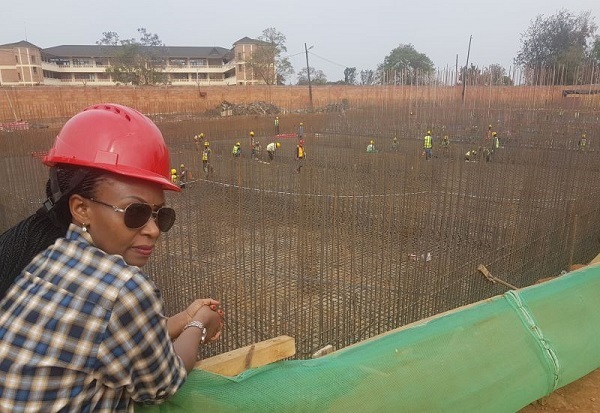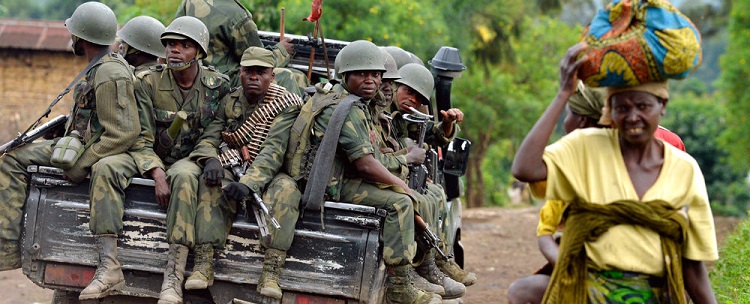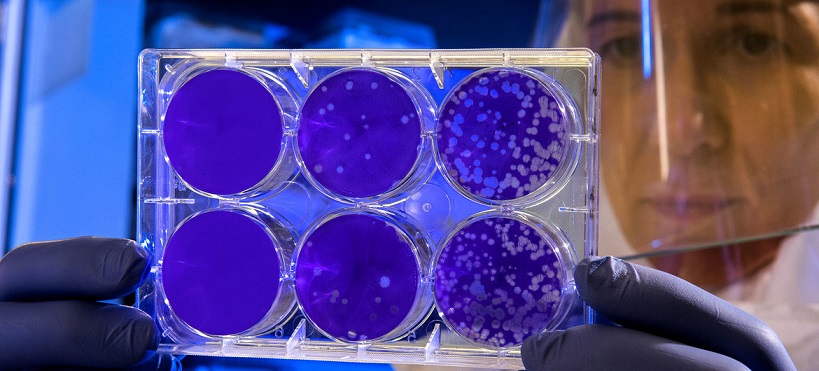Solutions to addressing water shortages include dams and reservoirs, rainwater harvesting, aqueducts, desalination, water reuse, and water conservation. Rainwater harvesting and recycled wastewater also allow to reduce scarcity and ease pressures on groundwater and other natural water bodies. Groundwater recharge, that allows water moving from surface water to groundwater, is a well-known process to prevent water scarcity.

Particularly, in an encouraging era of water innovation – machines pull water out of air, AI sensors detect the exact location of leakages in pipes, desalination plants powered by renewable energy help unlock new sources of drinking water, and wastewater reuse can take water from the tap, etc.
“When women and girls have access to water and sanitation, their safety is ensured, health conditions improve, their confidence is boosted, and there’s an increase in personal and economic development giving them a full role in the society. Girls can also go to school confidently, uninterrupted, and achieve their full potential,” says civil engineer Amandine Umukesha, Principal Water Resources Management and Development Officer at the African Development Bank.
The bank’s #Rwanda Sustainable Water Supply and Sanitation program, which funded the construction of water supply systems and sanitation facilities is as an example of this. The program provided about 10,000 girls in public schools in 14 rural districts with access to water, handwashing facilities and gender-sensitive latrines.
More on how technology and education can transform the water sector and improve the lives of women and girls.





